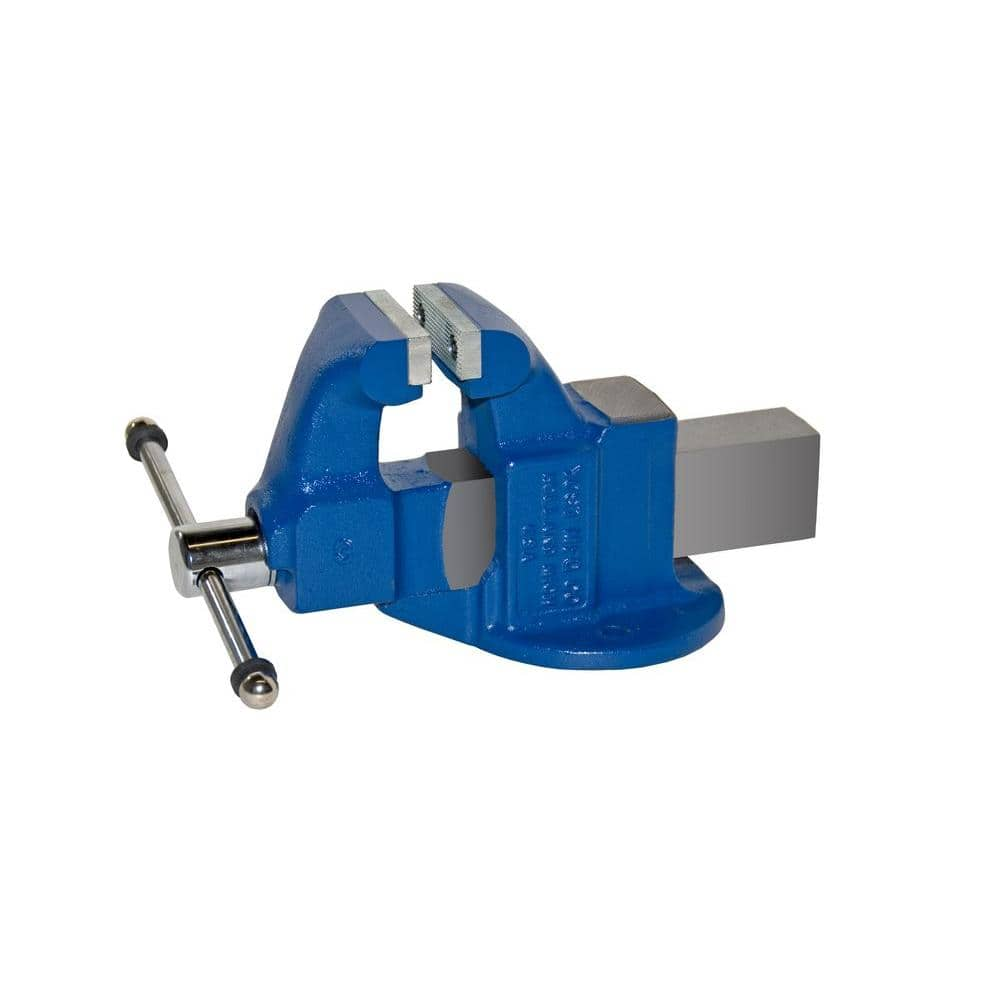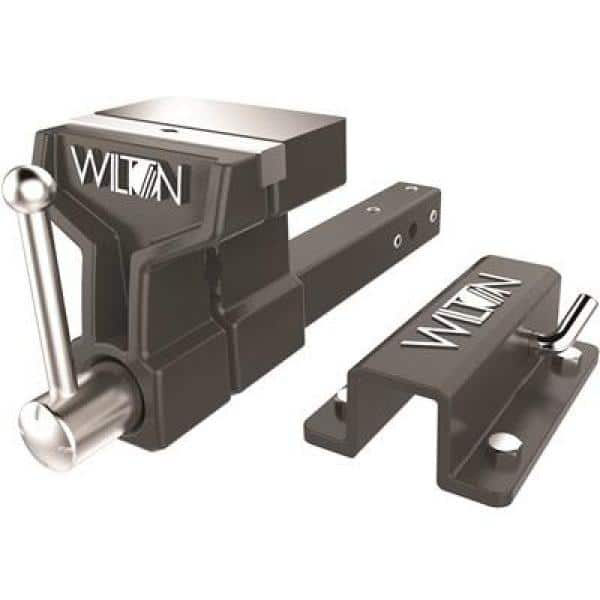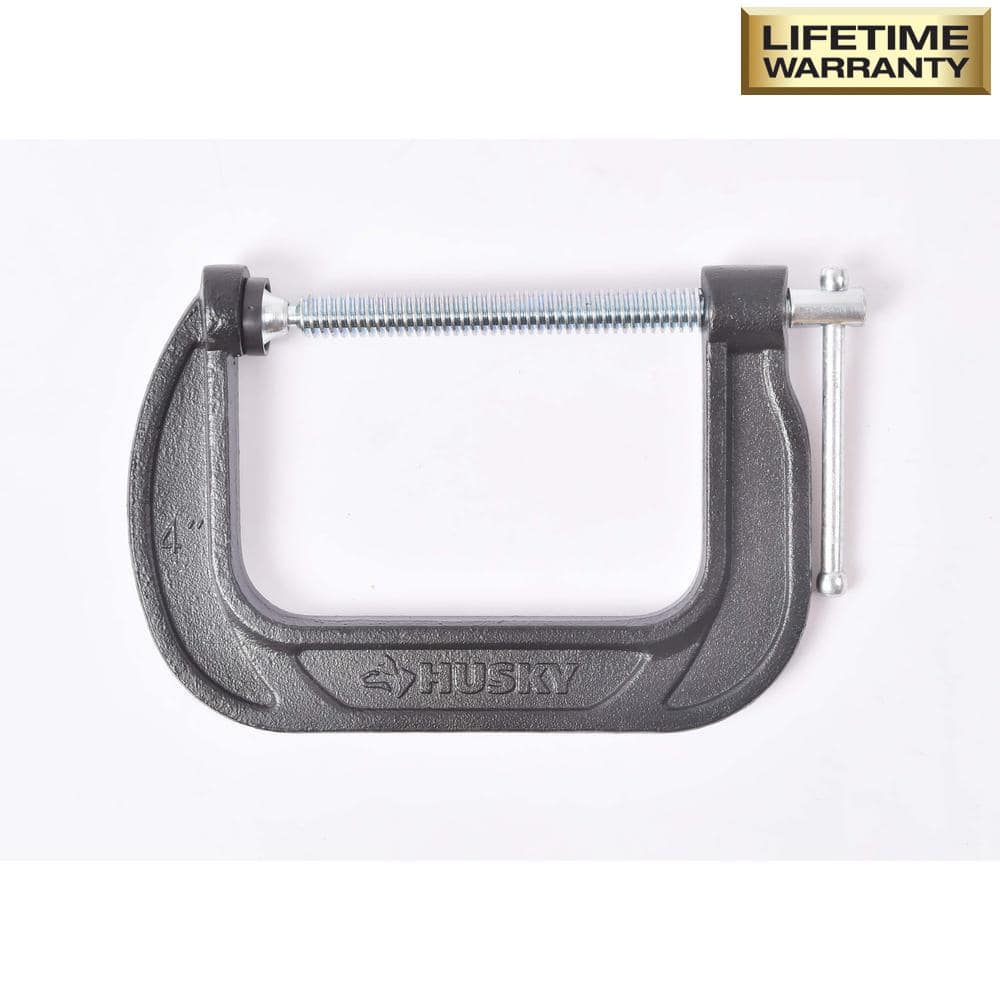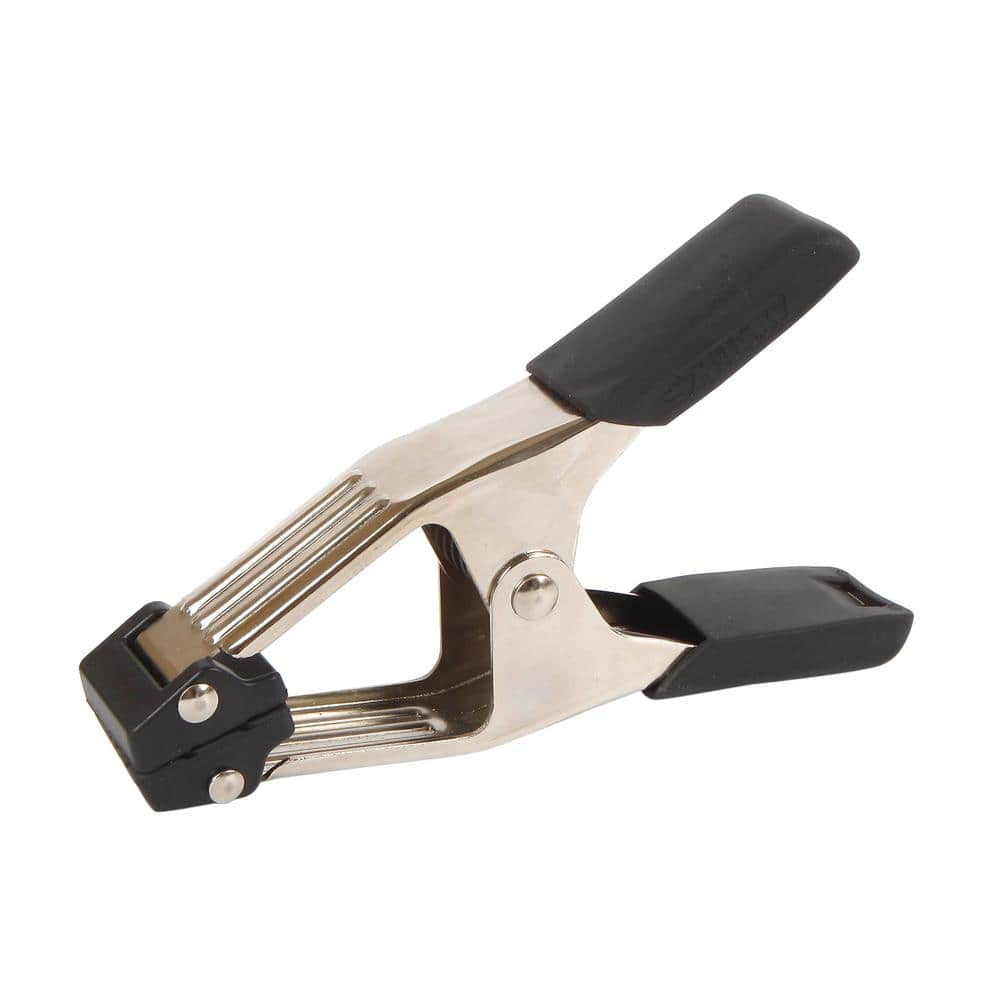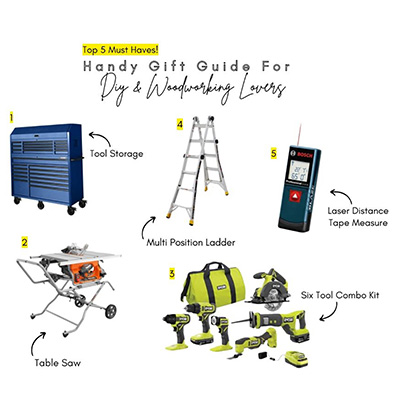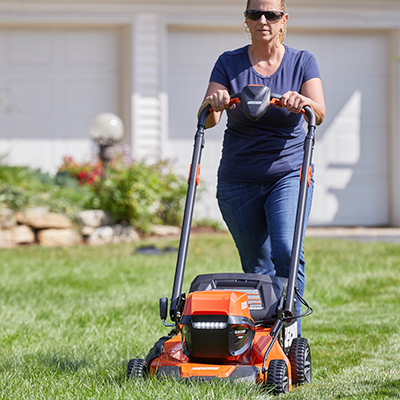Types of Clamps and Vises
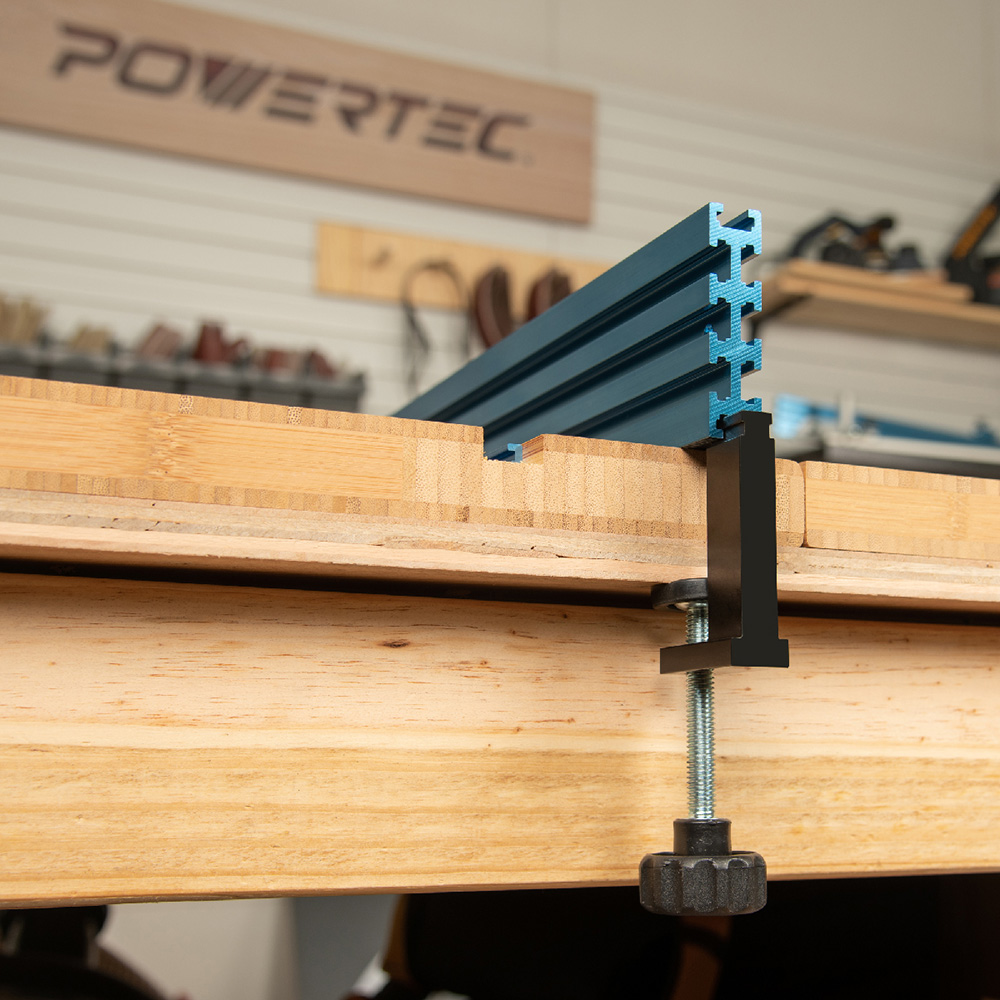
Last updated September 7, 2023
Clamps and vises are essential when a project requires securing materials for cutting, sanding, gluing, drilling, soldering and more. This guide discusses the difference between the two, so you have the right tool in hand for your next DIY project.
Table of Contents
Everything You Need to Know About Clamps
Types of Clamps
Everything You Need to Know About Vises
Types of Vises
Accessories for Clamps and Vises
Everything You Need to Know About Clamps
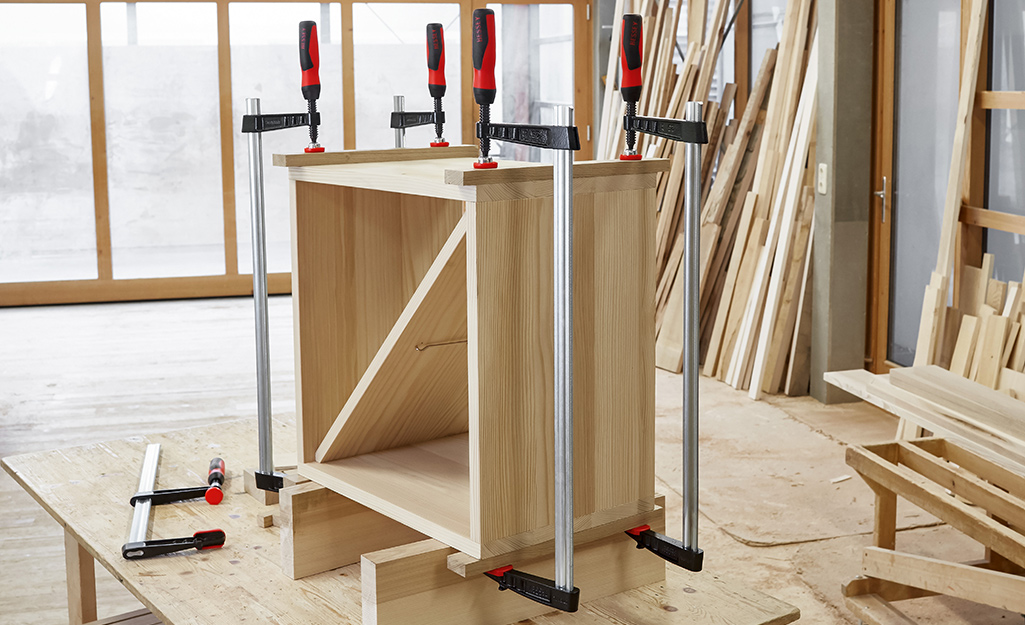
Clamps provide grip support when working with materials. Some clamps such as corner clamps are designed for more specific tasks, while spring clamps and C-clamps are handy for a wide range of duties.
When purchasing a clamp, the capacity of a clamp determines the thickness of material it can hold when the clamp screw is fully extended.
Throat depth is the distance from the center of the clamp screw to the inside edge of the frame.
Types of Clamps
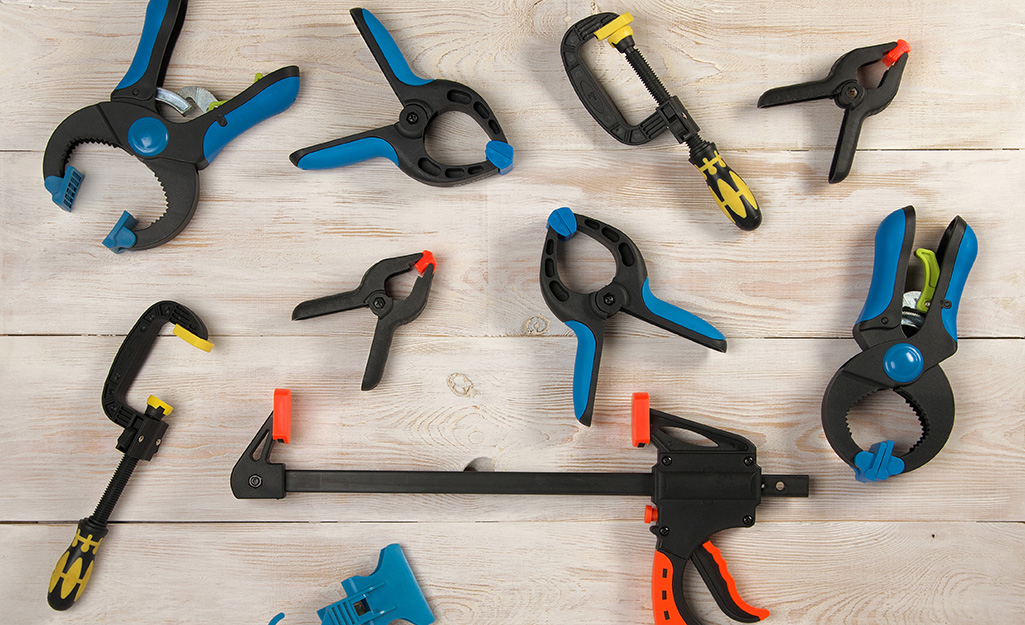
There are several different kinds of clamps, each designed for specific jobs.
Bar clamps can be adjusted to clamp large widths and are usually used in pairs. Some bar clamps feature quick-release handles for easier use. The bar length determines clamp capacity. Bar clamps also exert pressure evenly across your work to prevent materials from bowing.
C clamps apply pressure to smaller objects from 1 inch to 8 inches in capacity and 1 inch to 6 1/4 inches in throat depth. C-clamps are available with hand clamps for better grip. C clamps are best for metal working. If used with wood, use pads to protect the surface during use.
Corner clamps join wood at right angles. Frame clamps can be used to assemble four corners at once. Band clamps are used for circular frames in addition to square frames.
Edge clamps are used to install moulding and trim and in welding and soldering applications. These are easier to use than a longer clamp.
Screw clamps feature two wooden jaws designed to use with nonparallel surfaces. The jaws won’t mark or scratch the surface of your work.
Trigger clamps feature a trigger design that allows for one-handed use. These are designed for quick and easy setting and tightening.
Pipe clamps use varying lengths of pipe to adjust for different projects. Cut pipes to size to fit each new project. Clamp pipes are often threaded and screwed into place. Some types don't require threaded pipes and use a set screw instead. Pipe clamps provide virtually unlimited capacity. The pipe element may be sold separately.
Spring clamps function similar to a clothespin. They are ideal for light pressure or use with odd shapes from a 1 inch to 3-inch capacity. These are usually an inexpensive type of clamp.
Everything You Need to Know About Vises

Vises
function similarly to clamps, but usually have larger contact areas. A vise features two sides, or jaws. One is fixed while the other travels along a guide rod or bar.
Features of vises include:
- A handle turns on a threaded rod which in turn causes the moveable side of the vise to slide back and forth.
- Some vises are secured to a workbench or other surface while others offer portability for easy of use wherever you're working.
- Vises exert extremely high pressure on a work surface, making them ideal for tough tasks.
- Vise size is measured by the width of the jaw and the vise's capacity when the sides are fully open.
Small vises can have jaw widths as small as 3 inches, a distance suitable for light-duty projects and repairs. Large vises have jaw widths as wide as 10 inches, which provides ample room for clamping large, heavy-duty projects in place. A typical functional jaw width is between 5 and 8 inches. - Woodworking vises have very wide jaws to maximize the clamping surface area and prevent placing too much pressure onto a small surface, which could damage the wood.
- Like clamps, vises are available in a number of different configurations.
Types of Vises
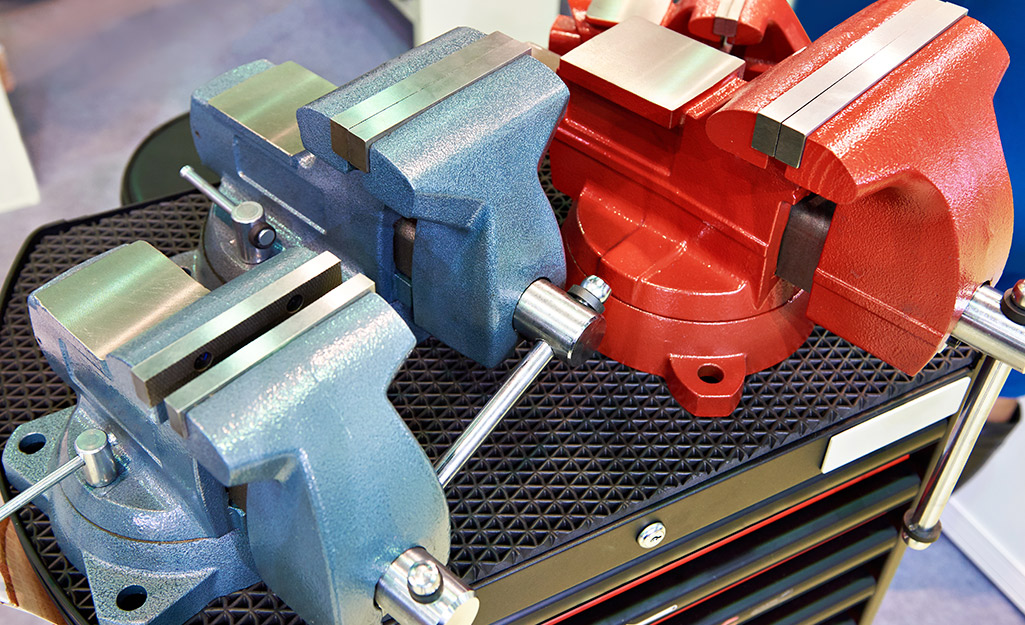
Like clamps, there are many different types of vises that make it easier to complete specific projects.
- Used in a flat position, like a regular vise, or at an angle
- Make it easier to work with odd-shaped objects or tasks that would be difficult with a regular vise
- Installed on a workbench and used for a number of different tasks
- May be stationary or have a swiveling base
- Provide stability for difficult projects
- Feature a clamp at the bottom that allows the vise to be fixed
- Combines convenient portability with the stability of a fixed vise
Hinged Pipe Vises:
- Designed to hold pipe
- May be used for threading and cutting applications
Utility Vises:
- 3 to 6-inch wide jaws
- Designed for use in a wide range of applications
- Look for a swiveling base to make use easier
- 6 to 13-inch jaws
- Used primarily for woodworking applications
- May feature a quick screw release
- Some may be clamped onto a workbench or sawhorse
Accessories for Clamps and Vises
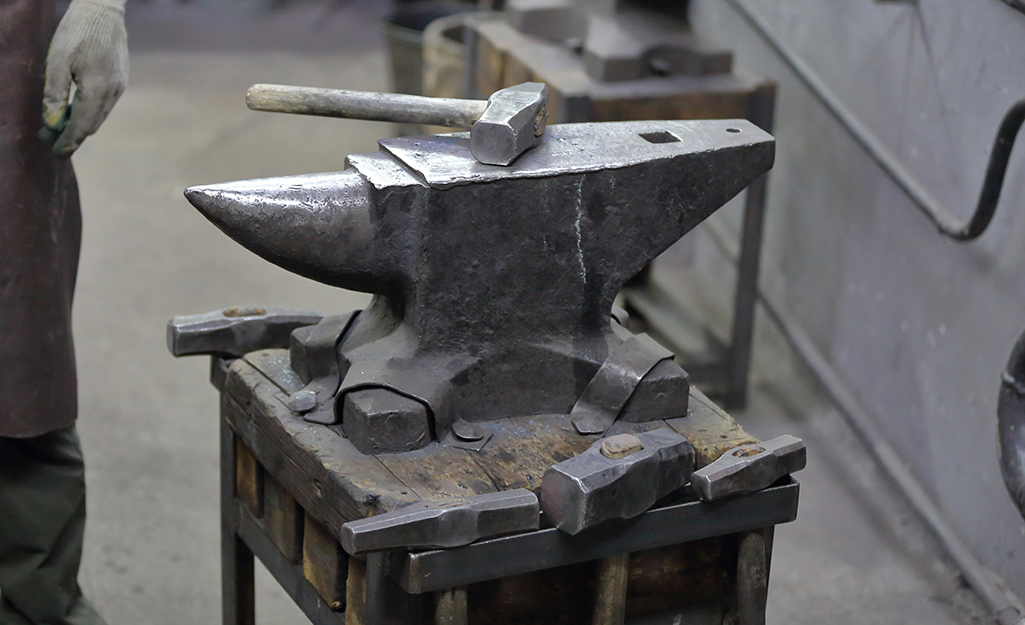
You can adjust clamps and vises to fit your exact needs using various features.
Suction cups. If you don't want to secure a vise to your workbench, but want the stability of a fixed unit, look for a vise with suction cups on the bottom. Generally, these devices feature a lever that operates the cups.
Plastic jaws. Like wooden jaws, plastic jaws won't mar the surface of the piece you’re working on.
Removable handle. Some clamps feature removable handles that come off so you can tighten the clamp more securely with a wrench.
Swivel base. Vises with this feature allow you to swivel them back and forth, providing a wider variety of angles from which to work.
Quick-action release. This feature allows you to fully open a vise quickly without having to manually crank the handle.
Anvil. A flat surface on top of most benchtop vises can be used as an anvil for shaping metal stock or hammering pins and rivets. Woodworking vises don’t come with anvils, so woodworkers may want to install a benchtop vise on a shop surface for tasks such as reshaping antique nails and reclaimed hardware.
The Home Depot Mobile App is a good place to start when determining what types of clamps and vises you need to have on hand for your projects. If you’re unsure, you can visit The Home Depotand ask for advice.
